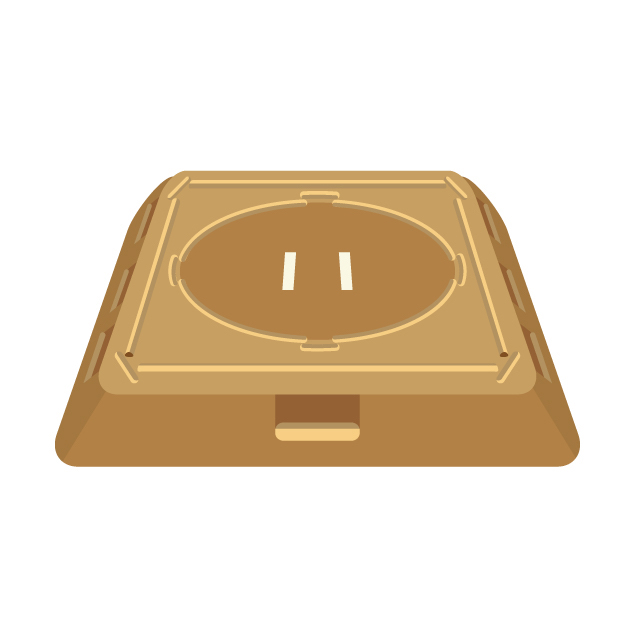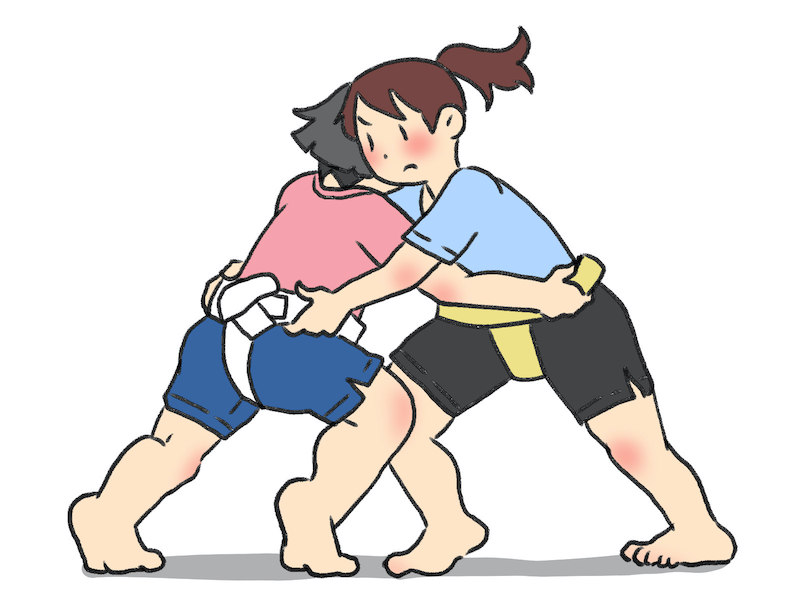What is Sumo Wrestling?
Sumo as Japan’s National Sport :
Sumo has its roots deeply embedded in Japanese tradition and is considered the national sport of Japan. The history of sumo dates back to the 7th century, with records mentioning its practice as a ritual for praying for a good harvest. During the samurai era, it evolved into a martial art and gained popularity, even drawing the interest of historical figures like Oda Nobunaga, who hosted sumo tournaments. In the Edo period, sumo transitioned into entertainment, known as “Kanjin Sumo,” where fees collected were used for the maintenance of shrines and temples. Despite Japan’s modernization in the Meiji era, sumo has preserved its distinctive style from the Edo period.
Simple Rules :

Sumo matches take place in a ring called the “dohyo,” where the objective is to force the opponent out of the ring or make any part of their body, other than the soles of their feet, touch the ground. Matches can be brief or last several minutes, and there is no time limit.
Sumo Wrestlers and Ranks :

Divisions
In the top division (Makuuchi), the highest rank is Yokozuna, followed by Ozeki, Sekiwake, Komusubi, and Maegashira.
Sumo wrestlers, or “rikishi,” are not categorized by weight. With approximately 600 professional wrestlers, they are classified into six ranks based on their strength: “Makuuchi” (42 wrestlers), “Juryo” (28 wrestlers), “Makushita” (120 wrestlers), “Sandanme” (180 wrestlers), “Jonidan” (196 wrestlers), and “Jonokuchi” (33 wrestlers). Rikishi in the makuuchi and juryo divisions are called “sekitori” and enjoy various privileges. Rikishi below that level receive welfare support but are not paid a salary. Rankings change based on their performance in the six annual tournaments, and salary varies according to rank.
Basic Techniques :
After each match, the winning technique, known as “kimarite,” is announced. There are a total of 82 recognized techniques, with “oshidashi” (push out) and “yorikiri” (force out) being the most common. “Gyouji” (referees) make initial judgments, but retired wrestlers (judges) can raise objections in case of doubts(“monoii“), and a video review system is in place.
Grand Tournaments :

There are six annual grand tournaments held for 15 days each, taking place at Kokugikan in Tokyo (January, May, September), Osaka (March), Nagoya (July), and Fukuoka (November). Wrestlers earn promotions or demotions based on their performance, needing eight or more victories for promotion and eight or more losses for demotion.
Training and Lifestyle :
All sumo wrestlers must belong to a “heya” or training stable, of which there are currently 45. Under the guidance of a master, known as “oyakata,” wrestlers live together. Training begins early in the morning, and intense practice sessions are a crucial part of their routine. Meals are communal, and as there are no weight classes, gaining weight is often seen as part of the training.


The above pertains to professional sumo wrestling. Separately, in Japan, amateur sumo is also thriving. It is divided into categories such as weight class and affiliation (elementary school, junior high school, high school, university, and social groups), including a women’s division. Unlike professional sumo, there is no requirement to adhere to the traditional Edo-era hairstyles or attire, and it emphasizes more on the sporting aspects.
While this provides a broad overview, there is much more to explore about sumo, and further topics will be shared gradually.
I’ve arranged a tour for people with tickets to learn about sumo just before the matches. You’ll surely enjoy sumo even more.

